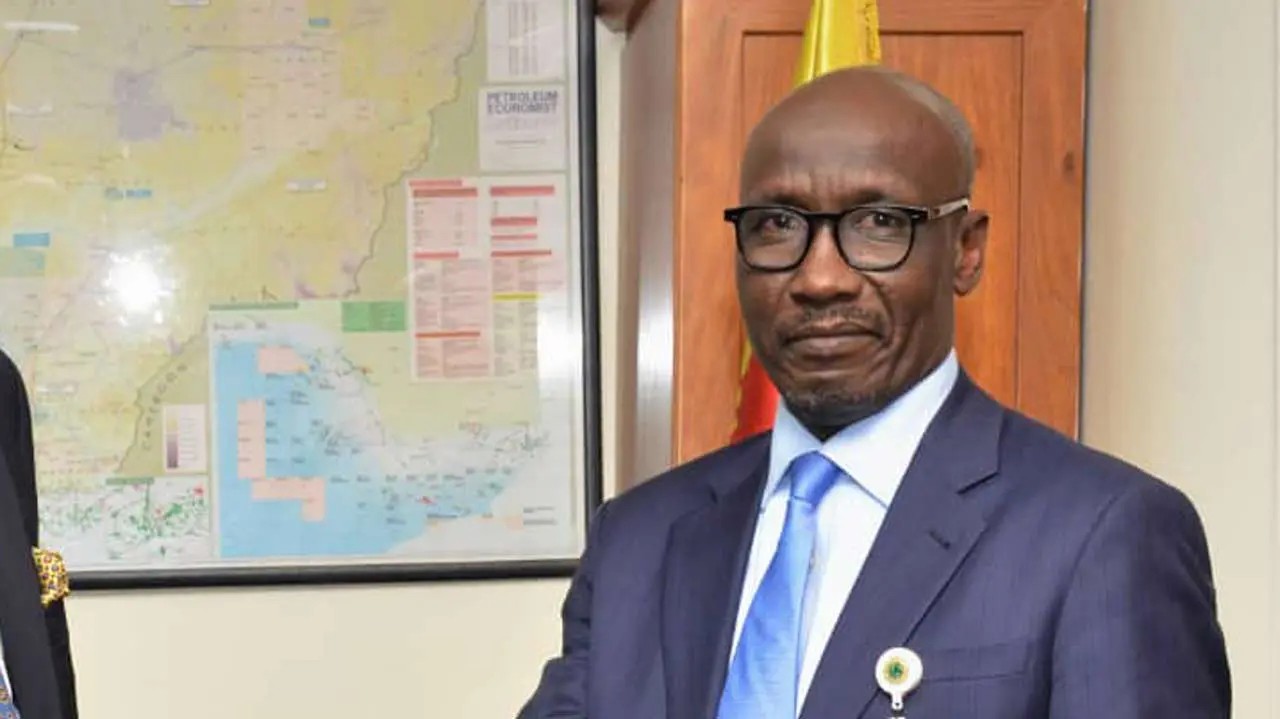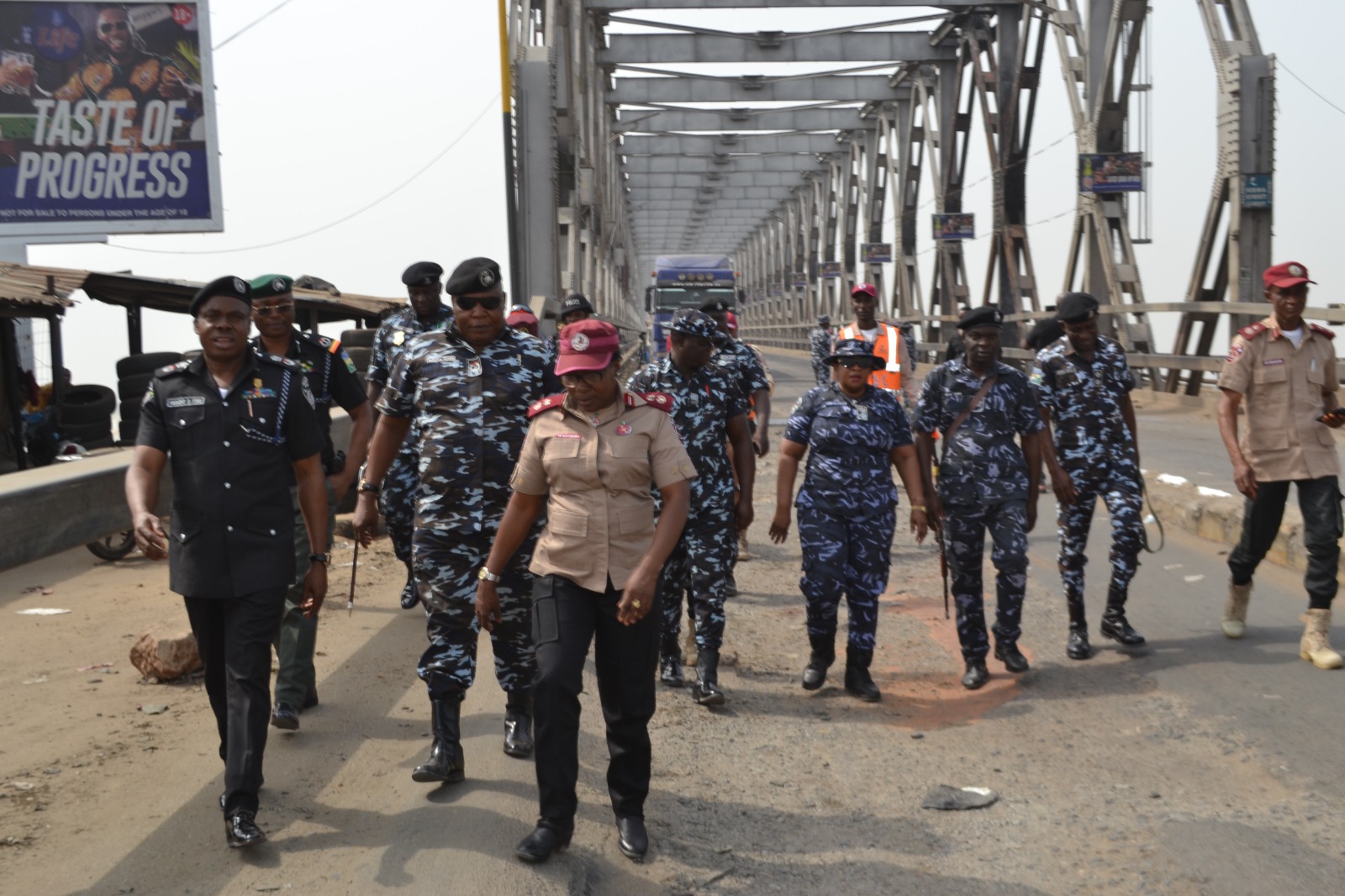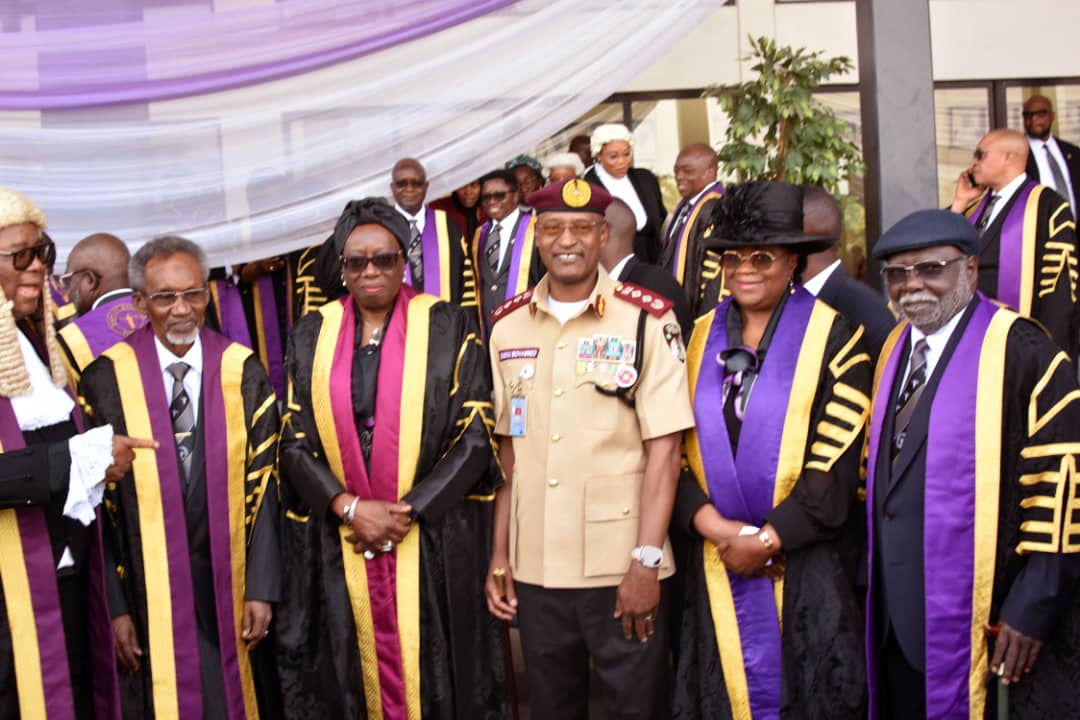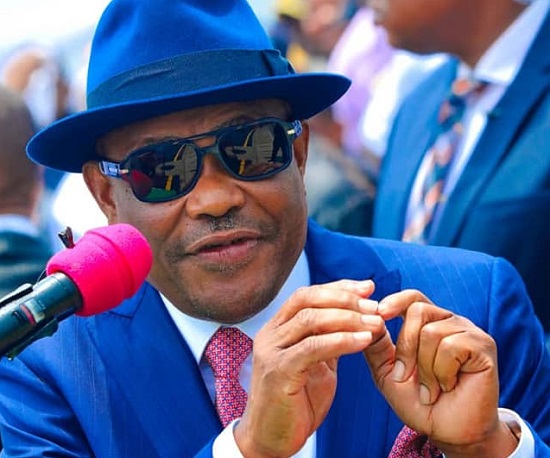Over a hundred graphic autopsy photographs of late Sylvester Oromoni, a 12-year-old student of Dowen College, were on Tuesday shown at an Ikeja Coroner’s Court set up to unravel the circumstances surrounding his demise.
The photographs were displayed on a projector during the testimony of Dr. Sunday Soyemi, the pathologist who led the team that conducted a second autopsy on Dec. 14, 2022, on the deceased.
The first autopsy was conducted on Dec. 2, 2021, by Dr. Clement Vhriterhire, a Consultant Pathologist with Central Hospital Warri, Delta.
The photographs showed the corpse of the deceased on an autopsy table at the Lagos State University Hospital (LASUTH). The corpse had visible incisions from the first autopsy.
The pathologist was led in evidence by Dr. Jide Martins, the Director of the Directorate of Public Prosecutions (DPP).
Throwing some light during a slideshow of photographs of body parts of the deceased, Soyemi said: “On his right thigh was the embalmment site and an injury was shown on his right ankle.
“On the back of his left wrist appears to be a circular bruise. On the right side of his face, above the right eyebrow is what looks like a C-shaped incision.
“This was done during an attempt to remove the brain at the first autopsy. It is a postmortem injury.
“There’s a recent external injury on the right lower limb. This is where we saw Pyelonephritis (infection). It was never mentioned in the first autopsy.
“The marks on the chin are postmortem injuries acquired after death.”
Shedding light on a photograph of late Oromoni’s heart and lungs, the pathologist said the organs should have been separated at the first autopsy.
“The two lungs should have been severed and weighed, likewise the heart.
“I made several incisions on the lungs and I found areas that showed consolidation which means lobal pneumonia,” he said.
The pathologist said samples were taken from the lungs of the deceased and taken to a laboratory for testing.
“We looked at it under the microscope and we confirmed that lobal pneumonia.
“When I opened the heart, no pathology (illness) was found. This is a photograph of the liver, I was trying to remove the gall bladder which was not removed at the first autopsy, there are many reasons why the gall bladder must be removed.
“I made several cuts to the liver and sent to the lab and it showed he had hepatitis, an infection of the liver,” he said.
Soyemi noted that the kidney was also not dissected during the first autopsy and that when parts of the kidney were examined at the laboratory, it was shown to have an infection called pyelonephritis.
He noted that the intestines were not opened during the first autopsy and that when he examined the intestines, it was not damaged but that it contained a blackish substance which was probably what the deceased had ingested.
“I checked for deep bruising through the process called skinning. There was skinning of the back to check for deep bruising and none were found.
“If he was physically assaulted, the exposed areas will show hemorrhage.
“There is reddening in the lower parts of the legs, this shows that the embalming fluid did not get to that part. The body was not properly embalmed.
“The ankles have been opened and we can see brown discoloration. A section was taken from that part and it was bringing out pus,” he said.
The pathologist said he opened the skull and examined the brain of the deceased. He noticed that the brain was very pale and did not contain enough blood.
He also showed the inquest, radiographs of the total body x-ray performed on the corpse prior to the autopsy.
Soyemi said the x-ray was performed to determine if there were any fractures or skeletal injuries on the deceased. He noted that none were found.
Giving his findings, the pathologist said “death was ascribed to a generalised infection known as septicemia.
“We were able to identify the source and it could not be treated. What could have been used in treating the deceased is a massive dose of intravenous antibiotics, intravenous fluids, and blood transfusions.”
Following the testimony of the pathologist, counsel for Dowen College, the Nigerian Bar Association (NBA), and the accused Dowen College students waived their rights to be served copies of the autopsy photographs.
“We will rely on the records of the court. We do not want to be a part of any possible leakage of these sensitive documents,” Mr. Anthony Kpokpo, the counsel for Dowen College said.
Timeline News reports that earlier during proceedings before the photographs were displayed, the DPP informed the inquest that copies of the photographs were not served on all the parties to the proceedings.
“We tendered the photographs to the court but we did not serve other parties due to the confidentiality of the deceased,” Martins said.
Counsel for the Nigerian Bar Association (NBA), Mr. Bernard Oniga, in his submission pleaded for the confidentiality of the photographs and urged counsel present to not release the photographs to social media.
The pathologist also pleaded that the photographs should not be released.
“If those photos should get to social media, the Medical and Dental Council will sanction me due to a breach in doctor, patient confidentiality,” Soyemi said.
Counsel for the Oromoni family, Mr. Femi Falana (SAN), assured Soyemi that he would not be sanctioned.
“As a former counsel to the Medical and Dental Council, court proceedings are exempted by the council. You are protected,” he said
The Coroner, Mr. Mikhail Kadiri, adjourned proceedings until Feb. 6 for the continuation of the evidence of the father of the deceased.










